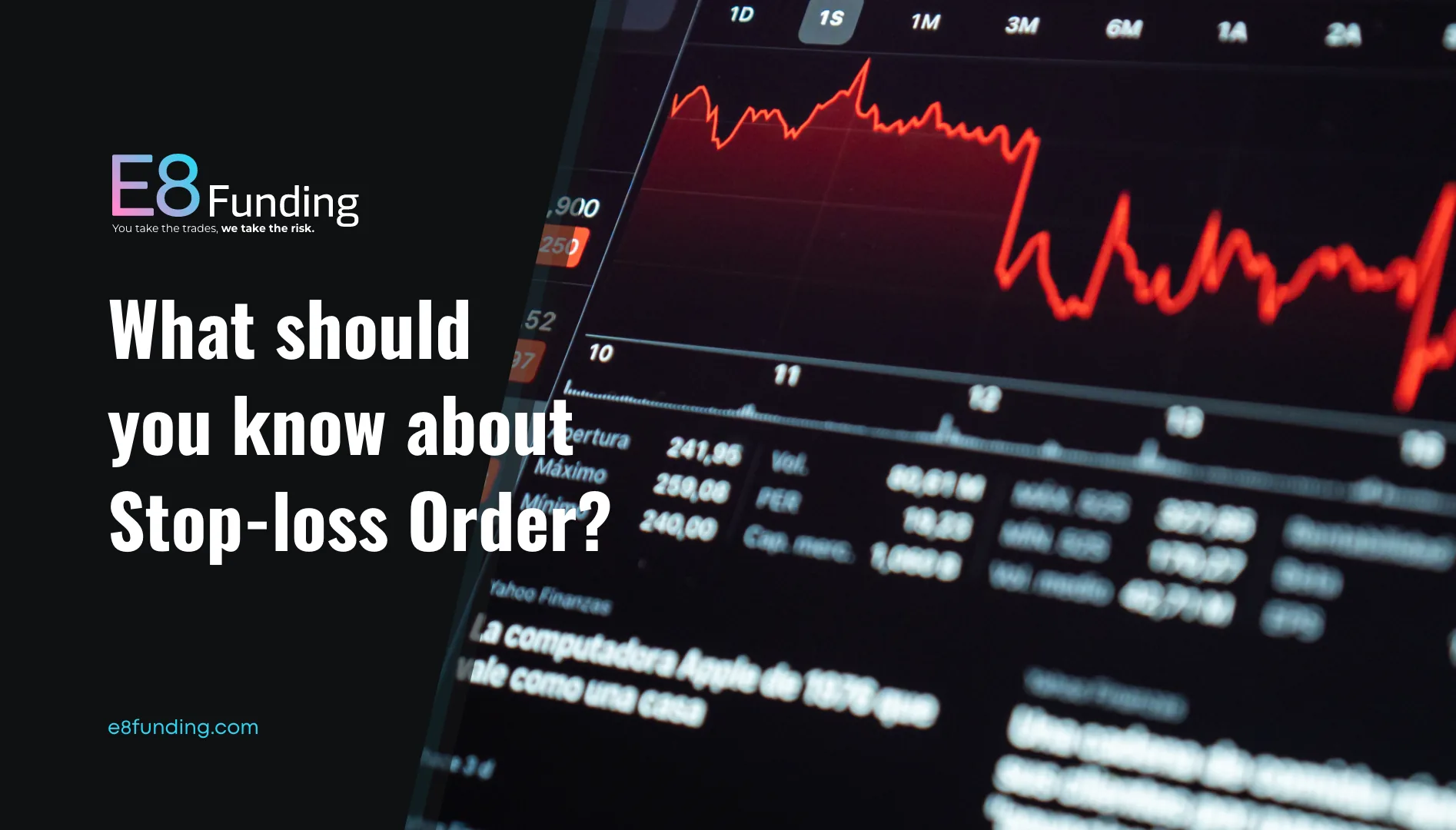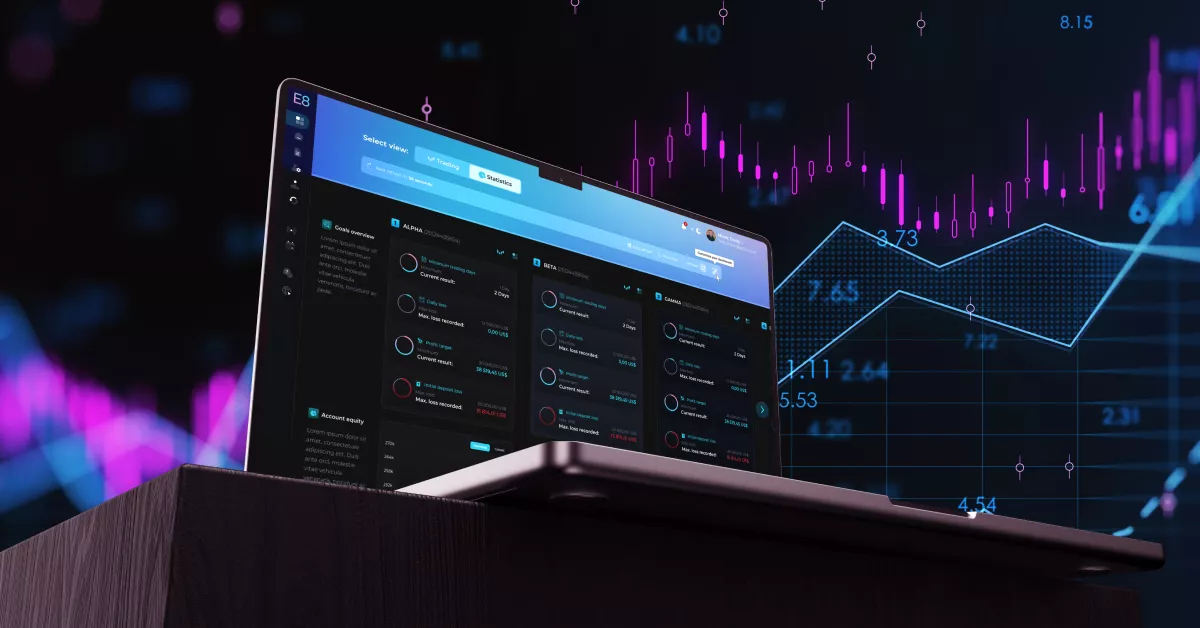Effective Risk Management: Key to Trading Success
Effective risk management is the cornerstone of long-term success in trading. This article dives into vital techniques to help traders protect their trading capital while maximizing their profits. We’ll explore understanding your risk tolerance, the importance of stop-loss orders, the role of position sizing, the benefits of a solid trading plan, and the necessity of monitoring and adjusting your strategies.
Top 5 Risk Management Techniques
1. Understand Your Risk Tolerance
Risk tolerance is a fundamental aspect of risk management in trading. It’s influenced by factors such as personal financial situations, investment goals, and individual temperament. For successful trading, it’s crucial to assess your risk tolerance accurately. This assessment helps in selecting trading strategies and instruments that align with your risk appetite, enabling better emotional management and informed decision-making.
2. Use Stop-Loss Orders
Stop-loss orders are a pivotal tool in trading. These orders help limit potential losses by automatically closing positions when the price hits a predetermined level. Effective use of stop-loss orders, based on technical analysis or a set percentage, is essential in safeguarding trading capital. Although not mandatory on our platform, we highly recommend traders set a stop-loss at a secure level to manage risk effectively.
3. Implement Position Sizing
In the realm of risk management, position sizing is critical. This technique involves managing the investment amount in each trade to prevent substantial losses. Methods like fixed percentage, fixed amount, or volatility-based sizing can be used, each with its unique benefits. Adhering to our anti-gambling policy is crucial for our traders when implementing position sizing.
4. Have a Solid Trading Plan
A well-defined trading plan is indispensable when trading on financial markets. It should detail entry and exit rules, risk-reward ratios, and trade frequency. Such a plan acts as a roadmap, guiding trading activities and helping manage emotions and impulsive decisions. A well-prepared trader is better equipped to handle market uncertainties.
5. Monitor and Adjust Your Strategies
Successful traders consistently review their performance as part of an effective risk approach. This analysis allows for the identification of areas needing improvement or strategy adjustments. Being adaptable and open to strategy changes is vital in response to market changes and personal trading performance.
Trading Outcomes with Effective Risk Management
In summary, mastering these techniques is crucial for thriving in trading. By understanding and implementing strategies like risk tolerance assessment, stop loss orders, position sizing, maintaining a strong trading plan, and regularly reviewing and adapting strategies, traders can significantly reduce losses and enhance profits. These risk management tips, when integrated into trading practices, can substantially elevate your overall trading success.
Article topics
Trade with E8 Markets
Start our evaluation and get opportunity to start earning.Disclaimer
The information provided on this website is for informational purposes only and should not be construed as investment advice. Always conduct your own research and consult with a qualified financial advisor before making any investment decisions. We do not endorse or promote any specific investments, and any decisions you make are at your own risk. This website and its content are not responsible for any financial losses or gains you may experience.
Please consult with a legal professional to ensure this disclaimer complies with any applicable laws and regulations in your jurisdiction.








